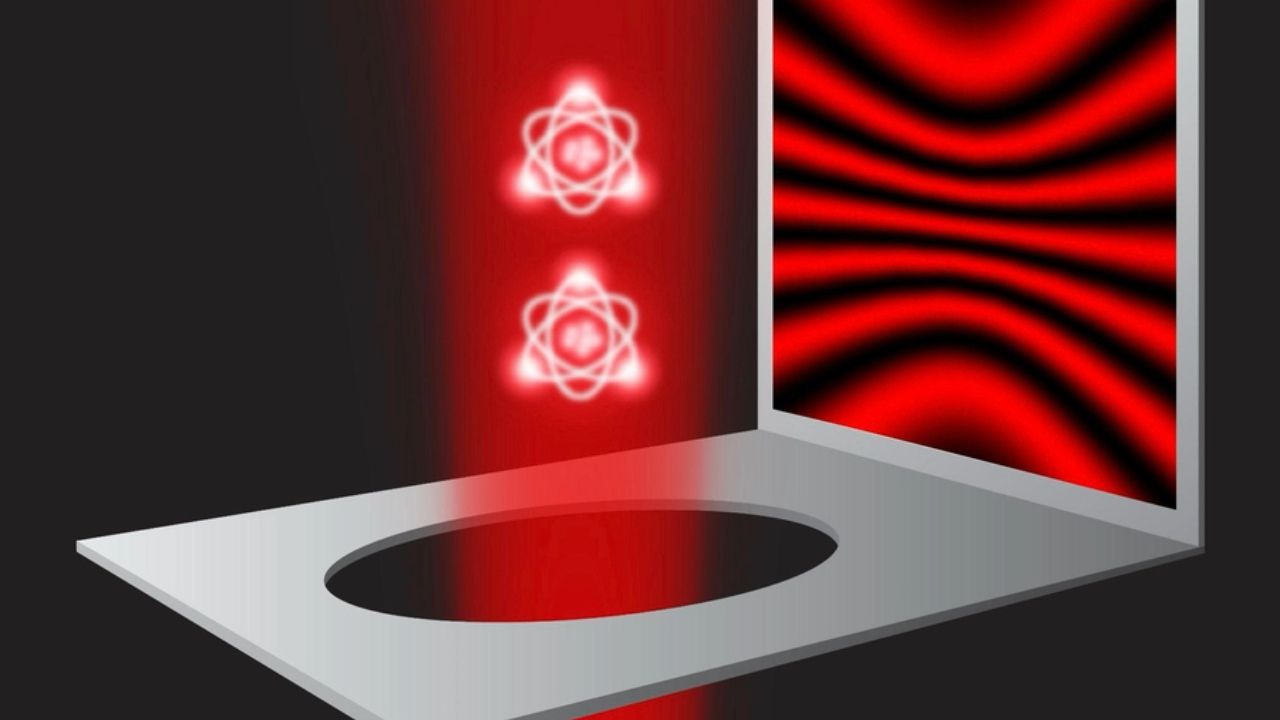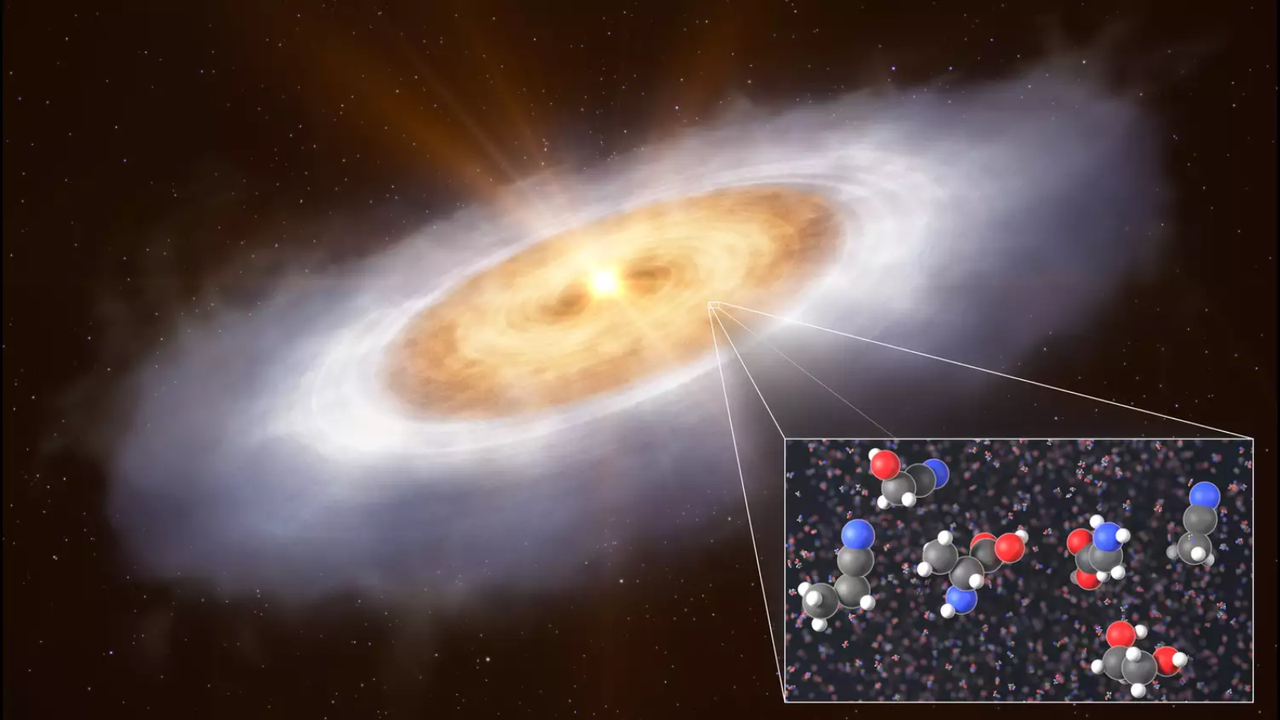Now Reading: New Double-Slit Experiment Revises Einstein’s Views on Quantum Physics
-
01
New Double-Slit Experiment Revises Einstein’s Views on Quantum Physics
New Double-Slit Experiment Revises Einstein’s Views on Quantum Physics

Swift Summary
- Researchers at MIT conducted a groundbreaking experiment reinforcing the concept of light’s wave-particle duality, but showing it cannot exhibit both properties simultaneously.
- The study involved simplifying the classic double-slit experiment, using 10,000 individual atoms cooled to near absolute zero as “slits” for photons.
- Findings confirmed Niels Bohr’s principle of complementarity, refuting Einstein’s hypothesis that light’s particle and wave nature could be measured simultaneously.
- The results indicated that measuring photon “rustling” as particles disrupted their wave-like interference pattern.
- Innovations in apparatus design ensured precision without external disturbances like gravity or movement affecting outcomes; quantum fuzziness remained pivotal to the measurements.
- Published on July 22 in Physical Review Letters, researchers described this experiment as achievable only with advancements in single atoms and photons manipulation.
Indian Opinion Analysis
This experiment underscores an significant milestone in understanding quantum mechanics-a field still relevant for India’s growing interests in advanced technologies such as quantum computing and cryptography. By illustrating light’s inherent probabilistic nature governed by complementarity principles, it strengthens theoretical foundations applicable across physics research globally, including Indian institutions continually exploring atomic-scale phenomena.
Moreover, MIT’s innovative methodology demonstrates how minimal apparatus can extract groundbreaking insights-a reminder of how resource-constrained laboratories like some within India can adapt efficiently. As India’s scientific community grapples with enhancing domestic R&D capacity across quantum applications (e.g., CAT-QTC), such experiments provide inspiration while affirming collaboration possibilities on interdisciplinary projects worldwide.























